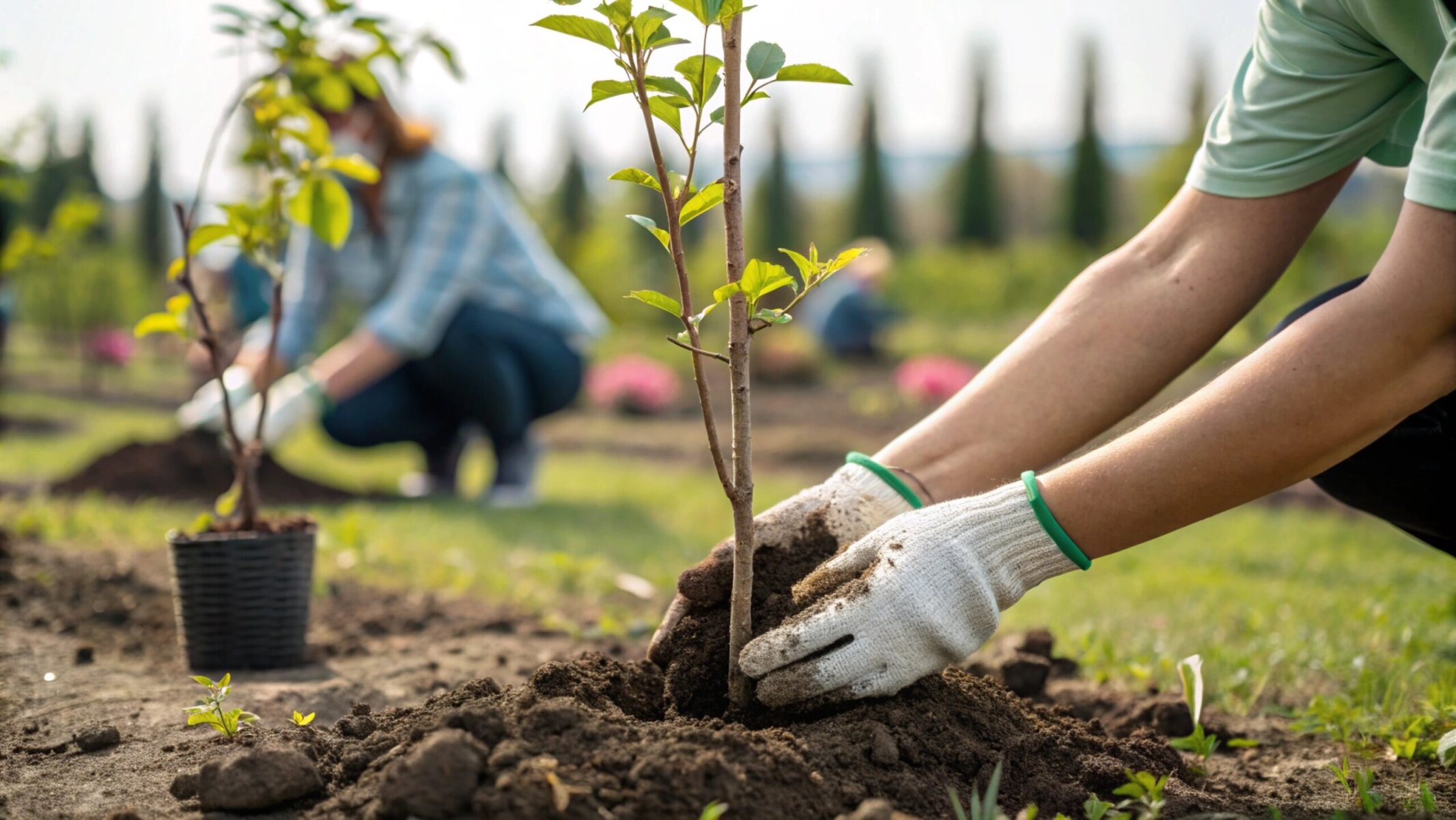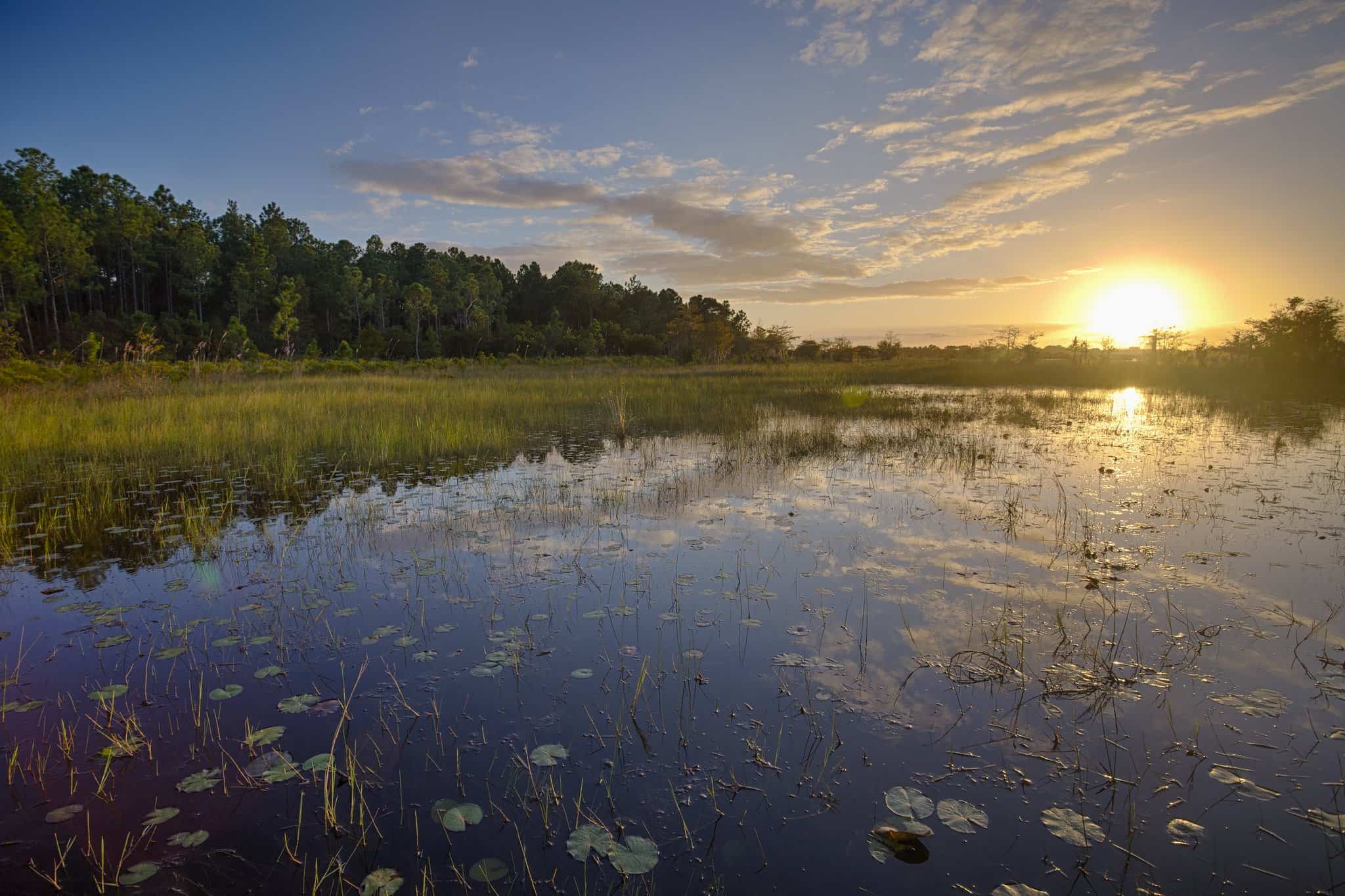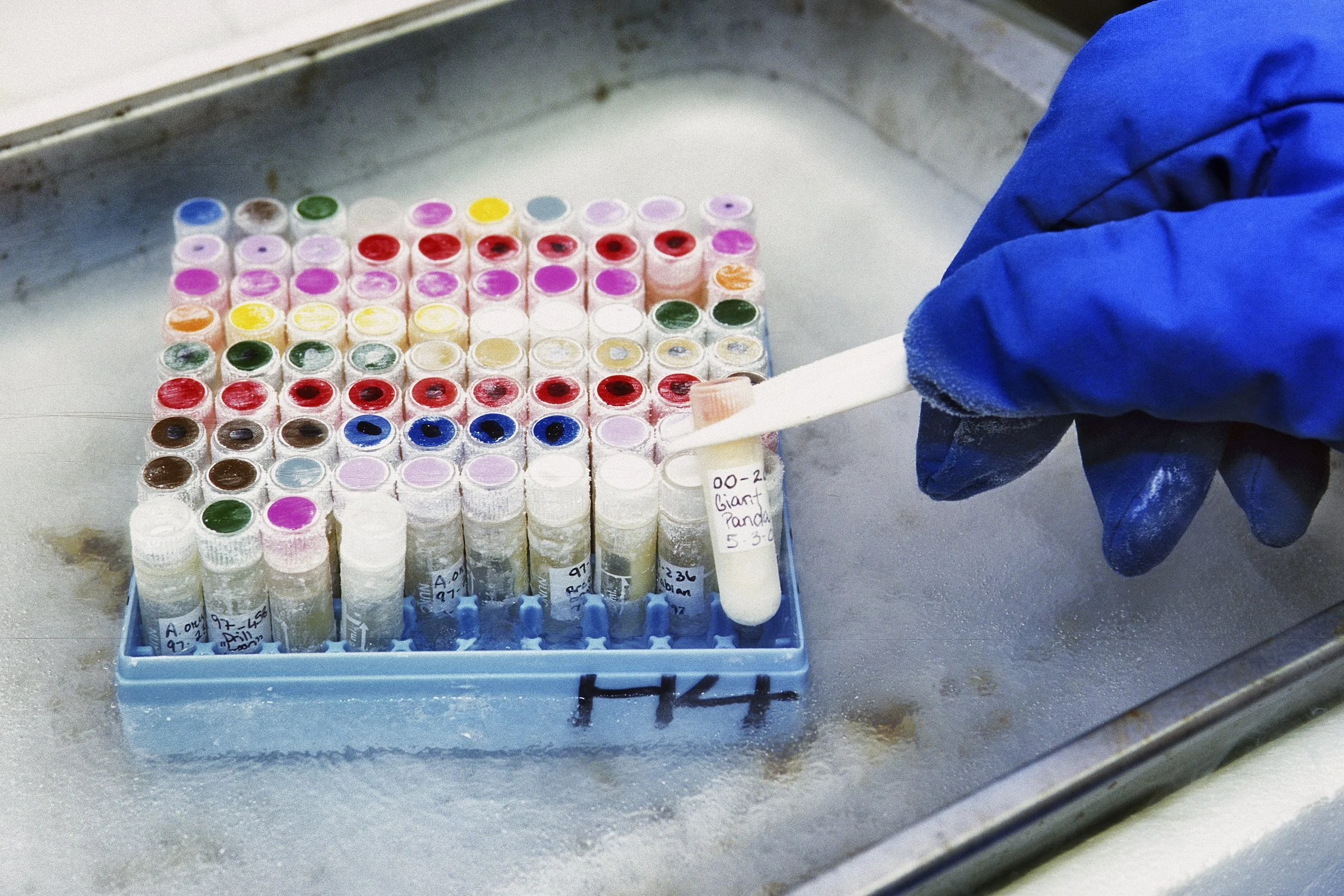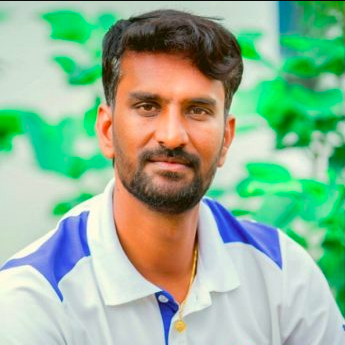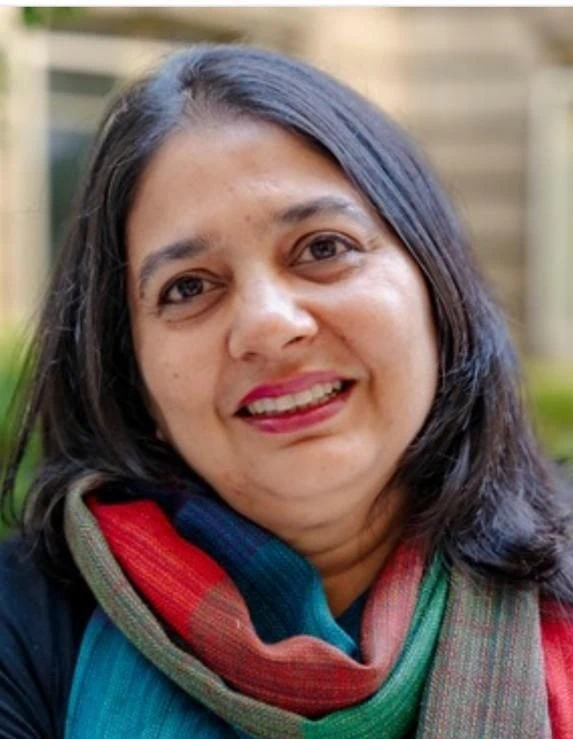It was the autumn of 2022 in Bengaluru, in the southern state of Karnataka. Drum beats punctured the air and over a thousand people in traditional attire, carrying platters of flowers, sweets and fruit thronged the banks of Kyalasanahalli Lake, which had overflowed for the first time in 23 years. A ripple of excitement arose as the local deity was placed ceremoniously on a boat and taken for a spin.
Amid this scene, it was hard to believe that merely six years earlier, this lake did not exist. In its place was a wasteland of sewage, industrial waste and water hyacinth.
Kyalasanahalli’s restoration is part of the growing revival of India’s City of Lakes. When it was built in the 16th century, Bangalore — or Bengaluru, as it is now known — had about 1,500 interconnected bodies of water, big and small. These absorbed rainwater, kept groundwater levels high and helped maintain the land-locked city’s uniquely moderate micro-climate. But in the last 50 years, Bengaluru’s lakes and other bodies of water have degraded and shrunk as its urban area has increased ten-fold, transforming a once-rural landscape into India’s fourth-largest city. Sewage and water infrastructure have not been able to keep up with this explosive growth, leading to two diametrically opposed but equally acute urban woes: flooding and water scarcity.
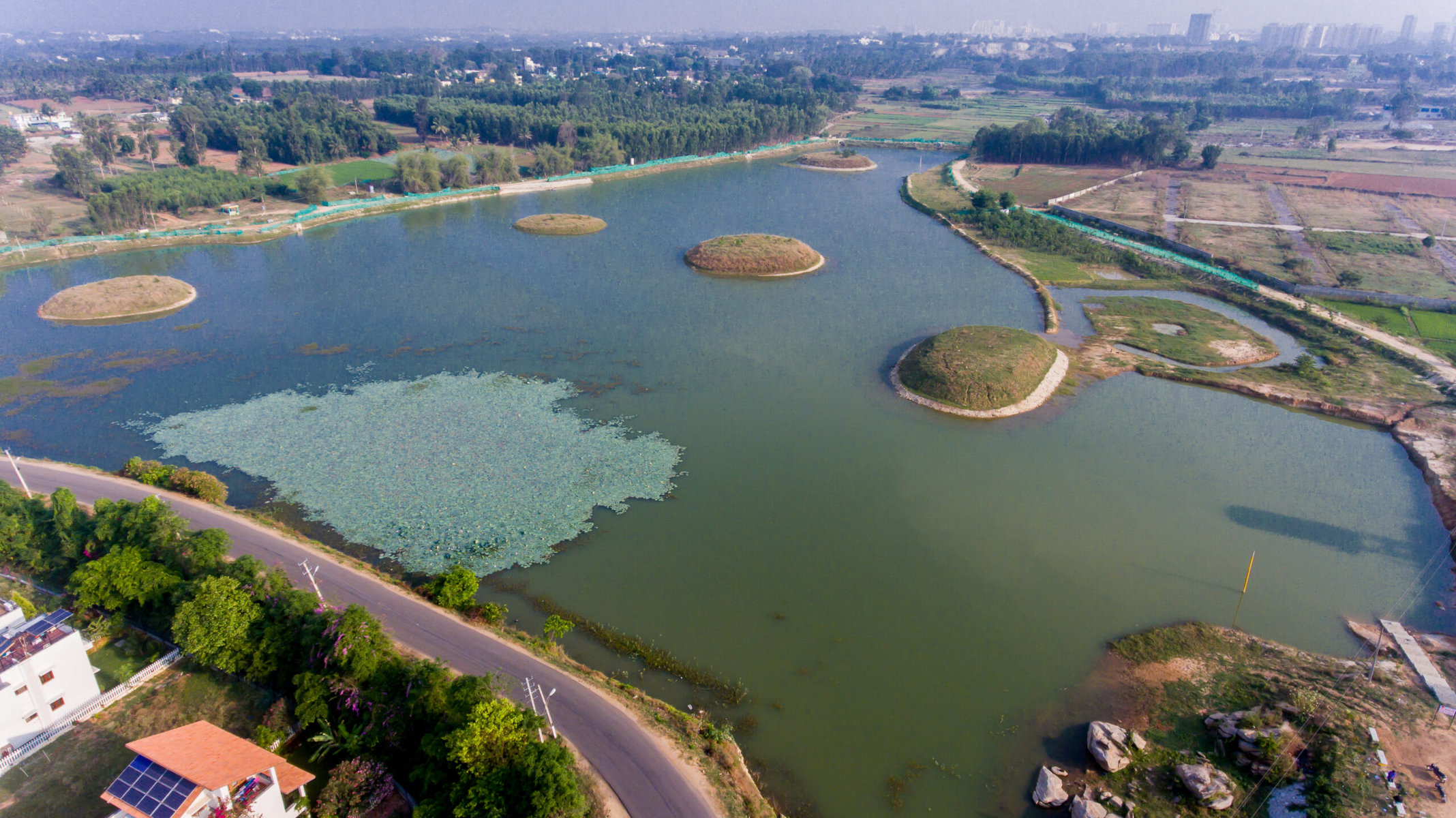
In the last six years, to address these issues, a number of citizen- and government-led initiatives have revived many of the city’s lakes, which had either dried up completely or become cesspools of garbage, sewage and effluents. Today, plans are afoot to revive 150 more in Bengaluru district. While most of these projects have restored only a couple of lakes at the most, one individual, Anand Malligavad, has had an outsize impact, successfully reviving 30 lakes in Bengaluru district in the last six years.
A techie in a parched city
In 2017, the National Compilation on Dynamic Ground Water Resources in India noted that a third of the total groundwater assessment units in Bengaluru were critically over-exploited — and that the city was using far more water annually than the groundwater resources could support. The few bodies of water left in the erstwhile “city of lakes” were so polluted by sewage and industrial effluents that fires in the foamy waters of Bellandur, one of the city’s largest lakes, were routine.
Around the same time, Malligavad, a mechanical engineer, visited the 36-acre Kyalasanahalli Lake outside Bengaluru city.
“It was bone-dry, being used as a cricket field and dumping ground,” he recounts. Water was in such short supply that locals relied on commercial tankers to meet their daily needs. Malligavad, who had no technical knowledge about reviving lakes, wondered what would happen if people could clean and dredge the lakebed, check the inflow of pollutants and wait for the rains. He asked his employer, a Bengaluru-based auto component manufacturer, if the company would use its corporate social responsibility funds for this. His employer agreed.
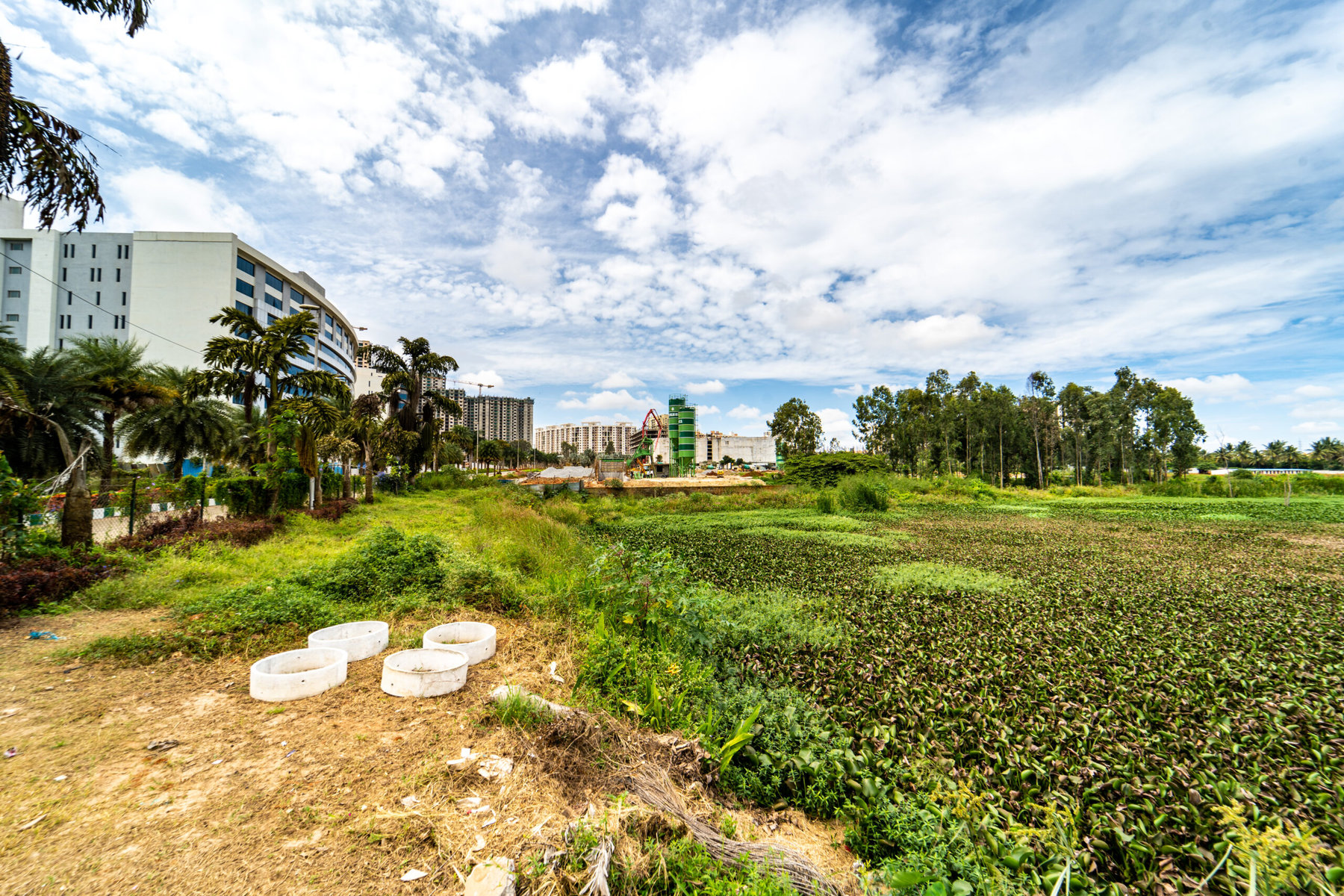
With a team of local volunteers, three earth movers and six trucks, Malligavad removed almost 400,000 cubic meters of mud from Kyalasanahalli Lake. The team planted 18,000 saplings of indigenous species, including 3,000 fruit-bearing trees and 2,000 medicinal plants. They used the excavated mud to create five islands in the water for birds to nest undisturbed and planted native grasses to bulwark the banks.
“We knew that it wasn’t practical to block the inlets of sewage,” Malligavad says. “Instead, we created a separate area with high bunds [embankments] where this water was treated and aerated naturally.” All this took just 45 days and Rs 1.5 crore (about $183,000 USD). The monsoon that year brought back the lake, which had been dead for decades. Since then, as Malligavad describes it, “nature has taken over, locals swim in its clear waters and all the wells around the lake have been successfully recharged.”
Malligavad has gone on to revive 30 lakes in Bengaluru district. “Each lake taught us something new,” he says. “While the initial steps of cleaning and desilting were common to all the projects, the actual revival of each lake depends upon its unique geology. We learnt that wetlands near lakes are natural pollutant filters; that all one’s efforts to revive a lake can come to naught if the water entering the lake from upstream is polluted. We could see this in some of the revived lakes around Bengaluru, where every now and then, dead fish on the water surface would indicate how dirty the water was.”
His success in Bengaluru had a ripple effect: nine Indian states appointed him advisor to their revival projects; about 3,000 projects in all, he estimates. He has revived about 80 lakes across India, including Odisha and Uttar Pradesh. And the Karnataka state government has now asked him to devise a strategy to revive 5,600 lakes and other bodies of water across its rural areas.
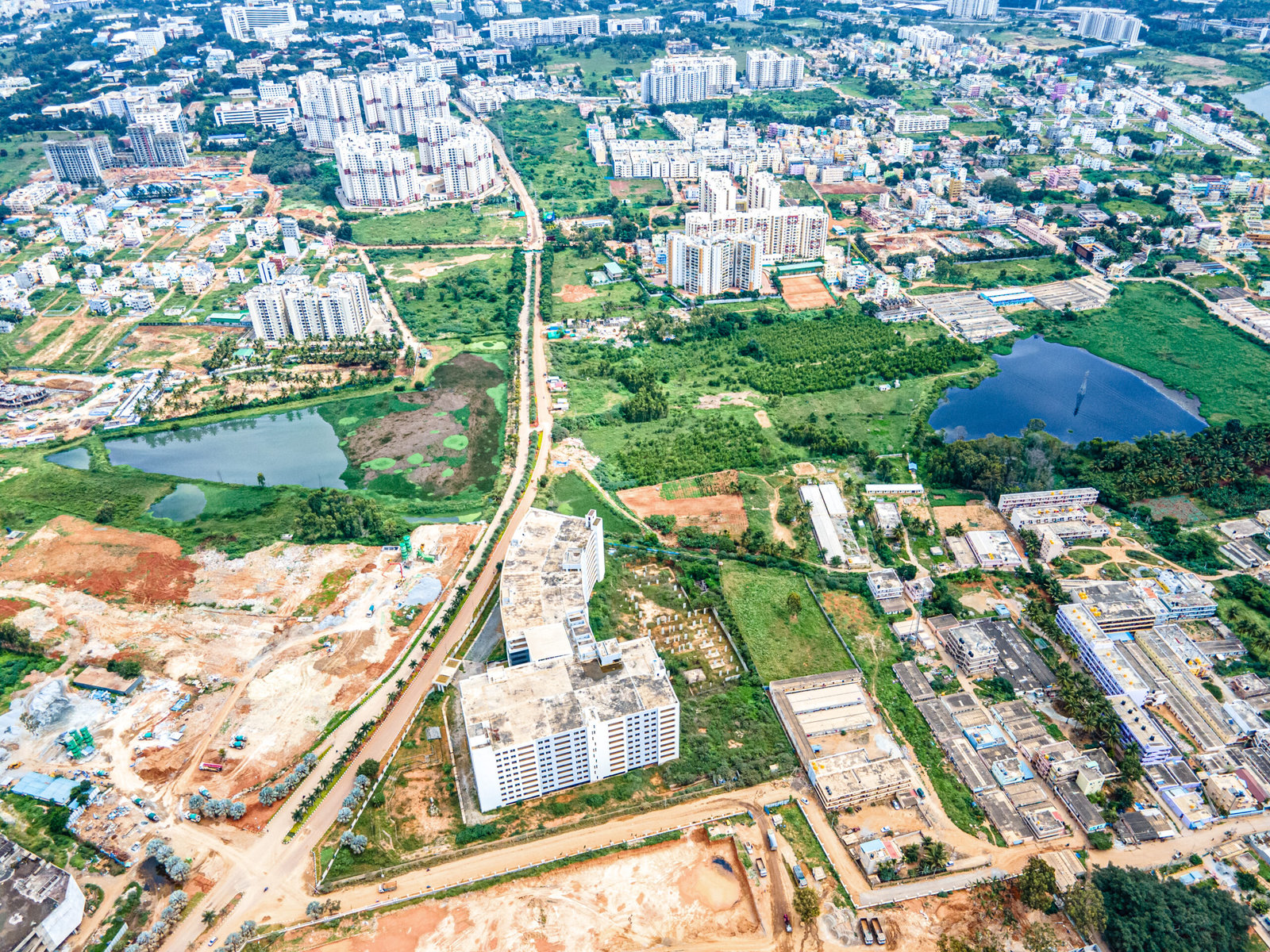
Ecosystem and community success
Having worked on so many projects, Malligavad has now developed a lake revival model that can be quickly and cheaply replicated across different terrains. “We study the lake in its context — its bedrock, depth of groundwater, climatic conditions, extent of pollution et cetera,” he says.
After dredging and cleaning the lakebed, he and his team strengthen its banks with local grasses and plant native trees and plants nearby. They often use the Miyawaki method — a Japanese planting technique that enables native saplings to grow ten times faster and denser than usual — which Malligavad says improves the area’s biodiversity and builds its water-holding capacity. To enable the lake to naturally cleanse itself, they develop a wetland area to absorb pollutants, and they plant water-purifying lotuses and lilies.
More than lake rejuvenation, Malligavad says his team’s energy goes into maintenance and protection. “In the last six years, we are taking care of all the lakes we have worked on,” he says.
Funding, often the crucial stumbling block for such projects, has not been too hard to come by. Malligavad posts regular photo, text and video updates of each project on social media (he has over 78,000 followers on LinkedIn and about 40,000 on Twitter), and the images of the lakes before and after the intervention speak for themselves. “It helps that the projects are completed within three months and the impact is visible after the first monsoon season,” he says.
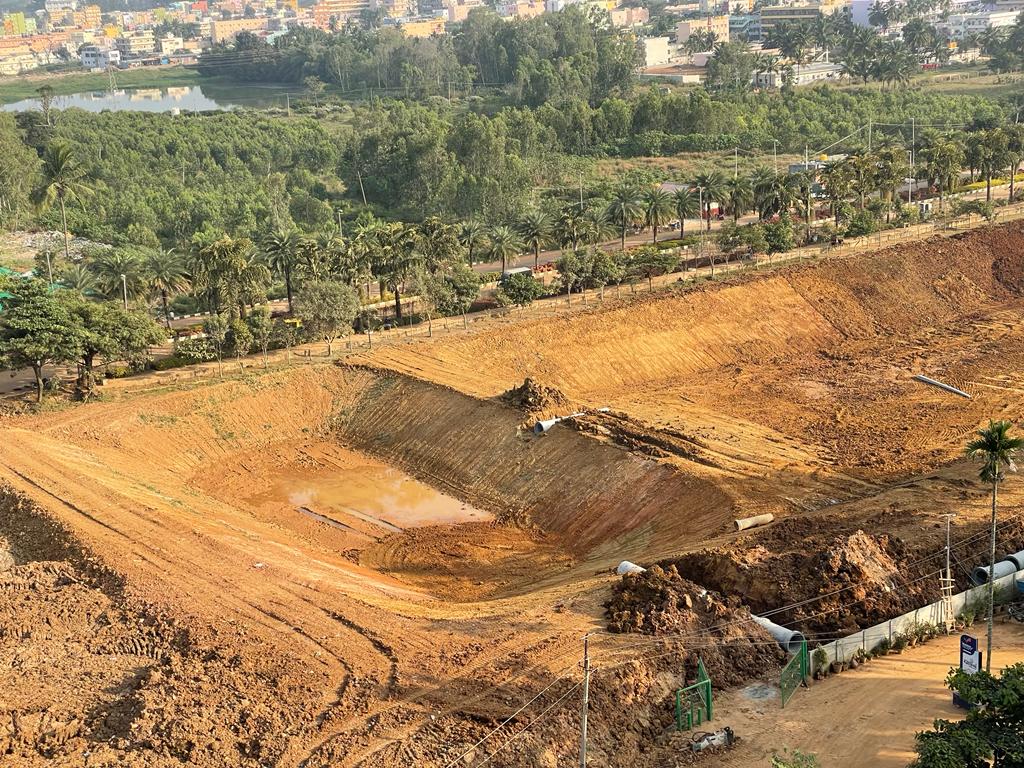
Per the Dynamic Ground Water Resources of Karnataka report, there has been a 10 percent increase in water recharge from lakes, tanks and ponds in Karnataka in 2022, compared to 2020. “Reviving lakes has definitely had a direct positive impact on the water table,” says Saumya Srivastava, a hydrologist at Bengaluru’s Indian Institute of Science.
It has also had a positive impact on the city’s public life. Shashank Palur, hydrologist at Bengaluru-based Well Labs, which co-creates research and innovation in the areas of land and water sustainability, has been involved with lake restoration projects since 2016. “Compared to then, today citizen groups are more vocal about protecting lakes, especially in their vicinity. If a builder tries to build too close to a lake or its buffer, there’s an immediate outcry,” he says. “It’s very heartening to see.”
Weighed down by negative news?
Our smart, bright, weekly newsletter is the uplift you’ve been looking for.Indeed, in a rapidly expanding metro area, residents value the rare public commons that such green and blue spaces provide. Palur says that classical music concerts, bird and tree walks, farmers markets and other public events held on the banks of newly revived lakes like Jakkur and Kaikondrahalli have infused new energy into the city’s cultural life.
The road ahead
While each individual lake revival is itself a success, the underlying source of the problem remains: 60 percent of Bengaluru’s sewage continues to flow into its lakes through the network of storm drains. Unless that changes, these initiatives will be short-lived.
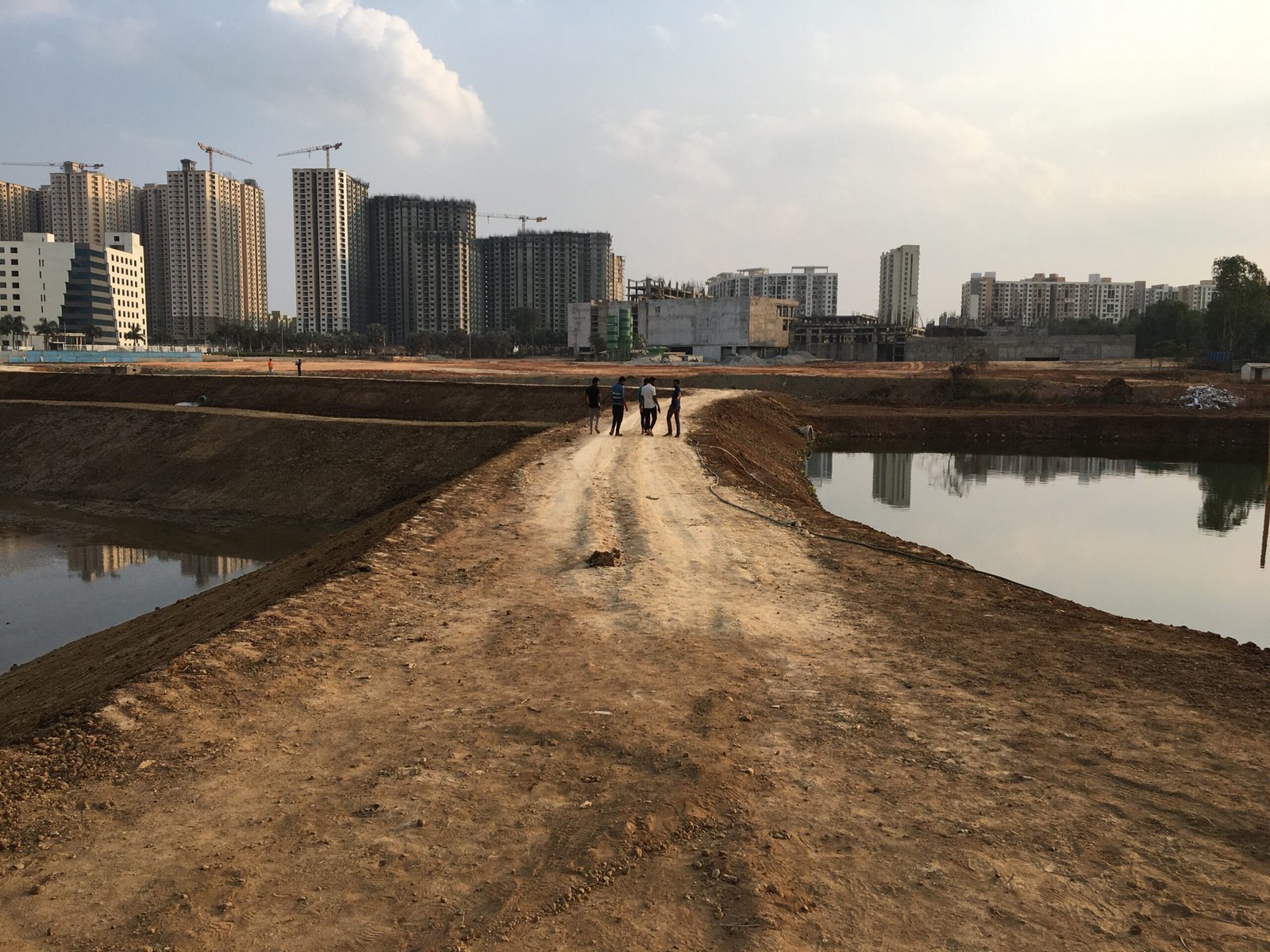
Further, these revived lakes will only have a significant impact on groundwater levels if the district reduces its groundwater extraction and undertakes more measures to recharge underground aquifers. Palur explains that because Bengaluru’s lakes are interconnected, the most effective strategy would be to “start with cleaning up the headwater and then proceed systematically downstream.” Malligavad’s projects have been mainly in the southern parts of the district, with other revival projects run by different resident associations scattered across the district.
Bengaluru has a long way to go before it regains its title as India’s city of lakes. But Malligavad is not fazed. “It’s wonderful to see people swimming, fishing and boating in these lakes which have so recently come back to life,” he says. “It gives us hope that we can at least partially undo the damage we’ve wreaked on our habitat — and that if we’ve succeeded with one lake, we can clean them all someday.”





